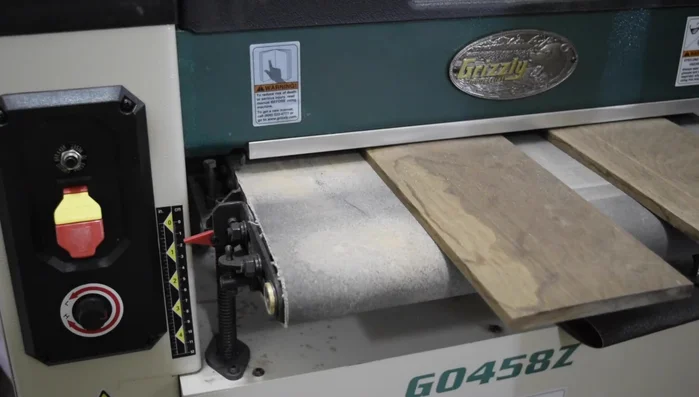Black walnut, with its rich, dark hues and exquisite grain patterns, is a woodworker's dream. Imagine transforming this luxurious material into a set of stunning coasters, not just functional but also beautiful enough to be a statement piece on any coffee table. These aren't your average, mass-produced coasters; we're talking about handcrafted works of art designed to protect your furniture from unsightly rings and scratches, adding a touch of elegance to your home decor. They're the ultimate marriage of practicality and aesthetic appeal, offering both protection and a visual upgrade.
This detailed guide will walk you through each step of creating your own unique black walnut coaster set, from selecting the perfect wood to applying a protective finish. Whether you're a seasoned woodworker or a curious beginner, this project is achievable and incredibly rewarding. Ready to elevate your home decor and protect your furniture in style? Let's get started!
Preparation and Safety Guidelines
- Jointer
- Drum sander
- Table saw
- Crosscut sled
- Miter gauge
- Ca glue
- Clamps
- Sandpaper (120, 180 grit)
- Rubio Monocoat (or similar finish)
- Scotch-brite pad
- Buffing pad
- Mineral spirits
- Always use appropriate safety glasses and a dust mask when cutting and sanding black walnut. Wood dust is irritating and can be harmful.
- Sharp tools like chisels and knives are involved. Exercise caution and ensure proper cutting techniques to avoid injury.
- Black walnut can contain allergens. If you have sensitivities, wear gloves and work in a well-ventilated area.
Step-by-Step Instructions
Prepare Walnut Boards
- Joint one face and one edge of the walnut boards.
- Sand the boards to their final size (1/4 inch thick) using a drum sander.


Prepare Walnut Boards Cut Coasters
- Cut the coasters to 4x4 inches using a table saw and crosscut sled.

Cut Coasters Cut Holder Pieces
- Cut the holder sides to 3.25 x 4.5 inches.
- Cut miters on three corners of the holder sides at a 45-degree angle.
- Cut the final piece of the holder at a 67.5-degree angle.



Cut Holder Pieces Assemble Holder
- Cut miters on the base pieces at a 41-degree angle, ensuring mirrored cuts.
- Cut the end of the base at a 45-degree angle.
- Glue and clamp the five pieces of the holder together using the blue tape method.
- Glue a stop block to the holder.




Assemble Holder Chamfer Coasters
- Cut a chamfer around all four sides of the coasters at a 45-degree angle.
- Cut a chamfer into the mitered edge of the coasters.


Chamfer Coasters Sand and Finish
- Sand the coasters and holder from 120 to 180 grit sandpaper.
- Apply Rubio Monocoat (or similar finish) after water popping the grain and sanding with 180 grit.


Sand and Finish
Read more: DIY Walnut Wine Box: Elegant Gift-Making Tutorial
Tips
- Ensure mirrored cuts for the holder base pieces for proper alignment.
- Use the blue tape method for precise glue-up of the holder.













